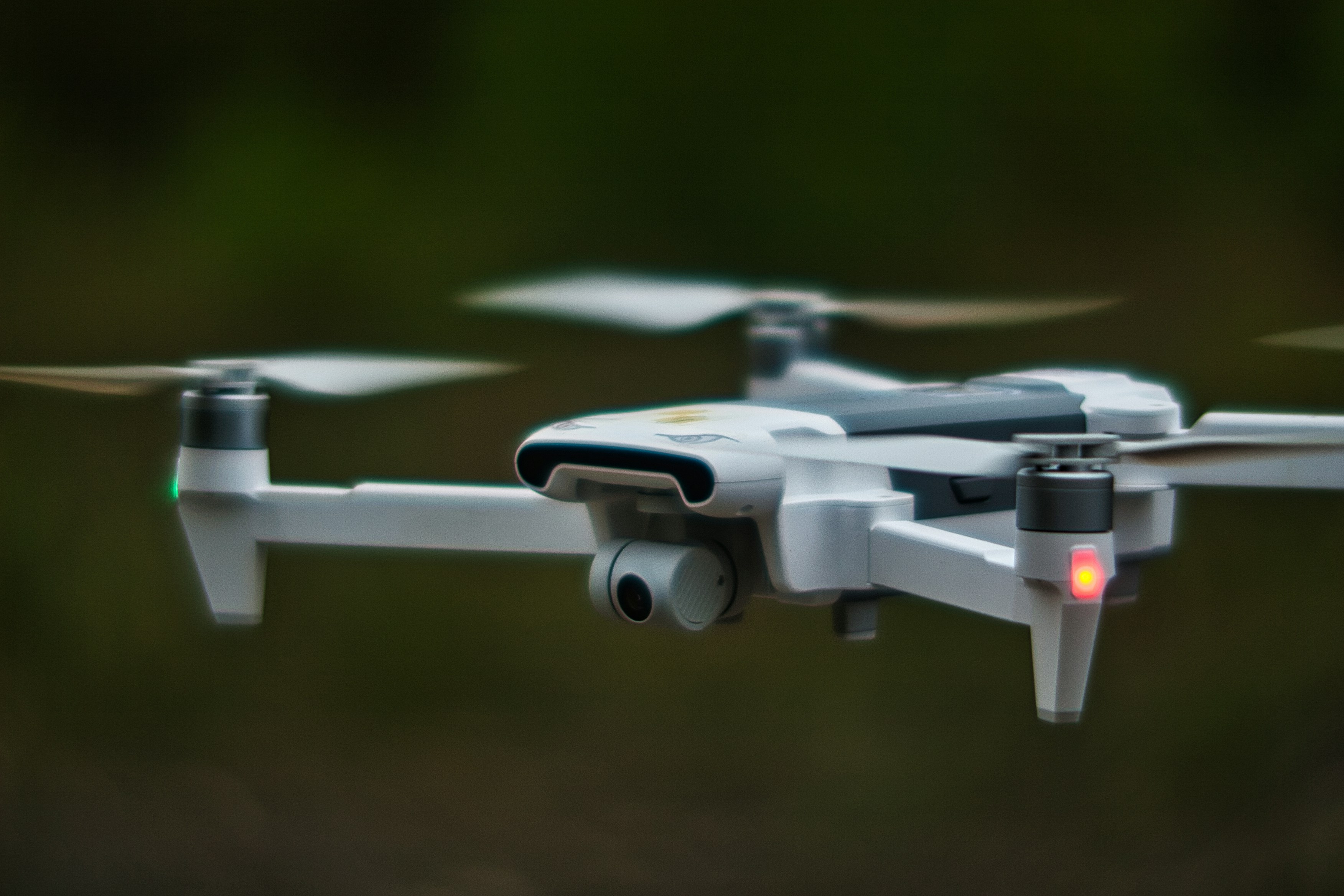Join the Vehicle Function Design team based in Bristol as an Advanced Aircraft Systems Engineer and help us to achieve our mission of pioneering electric aviation.
This Aircraft Systems Engineer will deliver on a wide range of responsibilities, from supporting aircraft requirements capture to integration tasks. You'll thrive in a fast-paced, innovative environment and be able to work autonomously while collaborating effectively with cross-functional teams.
Your Key Responsibilities as an Advanced Aircraft Systems Engineer:
- Integration Activities - Drive integration tasks with the aircraft configuration team to ensure seamless system functionality.
- Requirements Management - Capture, decompose, and trace requirements; interpret and validate external requirements, including regulatory ones.
- Verification and Validation - Plan and execute verification and validation activities to ensure all systems meet design and performance requirements.
- Compliance Demonstration - Collect and present compliance evidence to regulatory bodies to ensure all systems meet regulatory standards.
- Integration Testing - Conduct integration testing to validate system performance and functionality.
- Architecture Design - Design system architecture with a focus on performance, complexity, and cost trade-offs. Provide solid foundation for subsequent development phases through integrated system models.
- Project Support - Support internal and external projects with forward-looking objectives, ensuring alignment with overall project goals.
- Continuous Learning - Engage in continuous learning and professional development to stay current with industry trends and advancements.
What would we like you to bring?
- Bachelor’s Degree in a relevant engineering discipline.
- Broad knowledge and understanding of aircraft systems, both conventional and Unmanned Aerial Systems.
- Experience in aircraft systems integration.
- Familiarity with requirement management tools, such as DOORS, Jama or Polarion.
- Understanding of systems engineering principles, including both sides of the ‘V’ and knowledge of ARP4754B.
- Knowledge of aerospace certifying standards, specifically SC VTOL.
- Experience of Model Based Systems Engineering tools (e.g. System Composer, Enterprise Architect).
Additional Preferred but not essential qualifications and experience:
- Master’s or PhD in a relevant engineering discipline.
- Experience in high-level aircraft design.
- Experience in the design of aircraft systems.
- Experience certifying to aerospace standards.
- Experience with the development and testing of aircraft and/or Unmanned Aerial Systems.
What can you expect from us?
We're on a mission. Where others see limits, we see opportunity, and we work at pace. Working at Vertical isn't your average role but for those seeking a challenge, a flexible, supportive organisation and an incredible team; working here is an opportunity to do the best work of your career.
Our approach promotes ingenuity and courage, while our environment builds success through diligence in safety and being open in the way we work. The only way we're going to assure the next chapter of aviation history is by working as a team, relentlessly, towards our goal.
Our benefits
Our people matter - we're not going anywhere without them. Which is why our company benefits go beyond the essentials.
- 26 days holiday, plus bank holiday
- 5 extra days per year to buy (or sell)
- 5 extra days holiday when you get married or enter a civil partnership
- Additional 4% of your salary to spend on extra benefits
- Award-winning digital health and wellbeing service (Help@Hand)
- Company Share Scheme - open to every Vertical employee
- Company Pension Scheme - 5% and we match it
- Breakfast on us, every day
We may just be the hardest job you've ever had, but we're confident it will be the most rewarding. Join the team today and help us shape the future of Advanced Air Mobility.
Disclaimer Statement
We encourage you to apply even if you may not have all the experience listed in the advert. We recognise that talent comes in various forms and we are committed to providing opportunities that create an environment of growth, diversity, and inclusion for everyone. As part of our desire to review and make our processes fair, we may ask you questions related to these aspects during the application process. For more information on how we will use your data, see our Legal section.
#J-18808-Ljbffr


